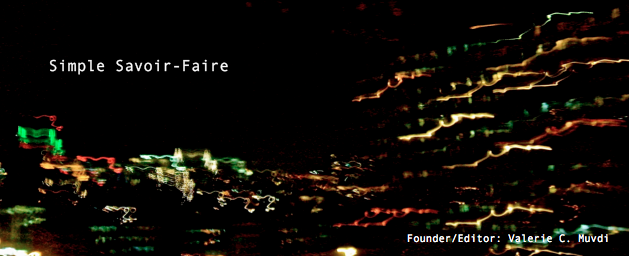I hope I look this good when I collapse and die.
The Seahorse of the Large Magellanic Cloud
Credit: NASA, ESA, and M. Livio (STScI)
Explanation: It may look like a grazing seahorse, but the dark object toward the image right is actually a pillar of smoky dust about 20 light years long. The curiously-shaped dust structure occurs in our neighboring Large Magellanic Cloud, in a star forming region very near the expansive Tarantula Nebula. The representative color image was taken last year by the Hubble Space Telescope's Wide Field Planetary Camera 2 in honor of Hubble's 100,000th trip around the Earth. As young stars in the cluster form, their light and winds will slowly erode the dust pillars away over the next million years.The images used to create this picture were not actually taken to study the interacting galaxies at all, but to investigate the properties of the inconspicuous object just to the right of the brightest part of Arp 261 and close to the centre of the image. This is an unusual exploding star, called SN 1995N, that is thought to be the result of the final collapse of a massive star at the end of its life, a so-called core collapse supernova. SN 1995N is unusual because it has faded very slowly — and still shows clearly on this image more than seven years after the explosion took place! It is also one of the few supernovae to have been observed to emit X-rays. It is thought that these unusual characteristics are a result of the exploding star being in a dense region of space so that the material blasted out from the supernova ploughs into it and creates X-rays.
Credit: NASA, ESA, and M. Livio (STScI)
Explanation: It may look like a grazing seahorse, but the dark object toward the image right is actually a pillar of smoky dust about 20 light years long. The curiously-shaped dust structure occurs in our neighboring Large Magellanic Cloud, in a star forming region very near the expansive Tarantula Nebula. The representative color image was taken last year by the Hubble Space Telescope's Wide Field Planetary Camera 2 in honor of Hubble's 100,000th trip around the Earth. As young stars in the cluster form, their light and winds will slowly erode the dust pillars away over the next million years.The images used to create this picture were not actually taken to study the interacting galaxies at all, but to investigate the properties of the inconspicuous object just to the right of the brightest part of Arp 261 and close to the centre of the image. This is an unusual exploding star, called SN 1995N, that is thought to be the result of the final collapse of a massive star at the end of its life, a so-called core collapse supernova. SN 1995N is unusual because it has faded very slowly — and still shows clearly on this image more than seven years after the explosion took place! It is also one of the few supernovae to have been observed to emit X-rays. It is thought that these unusual characteristics are a result of the exploding star being in a dense region of space so that the material blasted out from the supernova ploughs into it and creates X-rays.









No comments:
Post a Comment